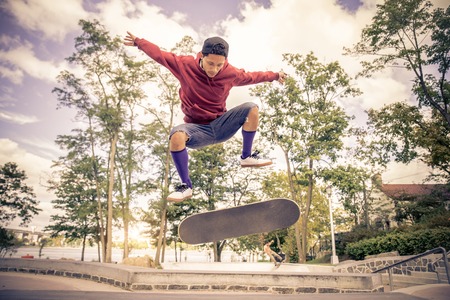Acute Stage Treatment: Rub on the injured area when swelling and/or inflammation are present.
Quickly relieves pain, reduces swelling and inflammation, and breaks up clotted blood and stagnant fluids in the injured area. Stimulates circulation of blood and fluids to help cells quickly repair damaged tissues, providing rapid pain relief and faster healing. Sinew Herbal Ice can be used in-between applications.
LEARN MORE
Chronic Stage Treatment: Rub on the injured area when swelling and inflammation are gone, but you still feel pain, stiffness, weakness or sensitivity in cold and damp weather.
Strongly stimulates circulation to damaged tissues and promotes the healing of overstretched tendons, ligaments and muscles, thereby quickly relieving pain, stiffness and weakness. Sinew Injury Poultice, Sinew Relaxing Soak, and the Sinew Warming Soak can be used in-between applications.
LEARN MORE
Acute Stage Treatment: Apply on the injured area when swelling and/or inflammation are present.
This first-aid ice alternative poultice (balm) is used in place of ice to significantly speed up the recovery and healing process. Reduces redness, swelling, and inflammation while dispersing accumulated blood and fluids to help restore normal circulation to the injured area. It reduces the swelling and inflammation more effectively than ice, allowing you to more quickly regain normal range of motion. Acute Sinew Liniment can be used in-between applications.
LEARN MORE
Chronic Stage Treatment: Apply on the injured area when swelling and inflammation are gone, but you still feel pain, stiffness, weakness or sensitivity in cold and damp weather.
This poultice (balm) is particularly useful if your injured area is more painful in cold and damp weather. It significantly stimulates circulation to damaged tissues and further promotes the healing of overstretched tendons, ligaments and muscles. Chronic Sinew Liniment, Sinew Relaxing Soak and the Sinew Warming Soak can be used in-between applications.
LEARN MORE
Chronic Stage Treatment: Used to soak the injured area when swelling and inflammation are gone, but you still feel pain, stiffness, weakness or sensitivity in cold and damp weather. If the injured area is too large or in an area that can’t be submerged in a pot of water, you can also saturate a towel in the liquid and apply it to the injured area.
This soak is particularly useful if you feel restricted mobility in your injured area. It is used to relax muscles, tendons and ligaments that are in spasm to reduce pain and stiffness and improve range of motion. Chronic Sinew Liniment, Sinew Injury Poultice and the Sinew Warming Soak can be used in-between applications.
LEARN MORE
This specially formulated massage oil is recommended for use before and after exercise, sports and strenuous activity. It penetrates deep into muscle layers to warm and stimulate muscles, increase circulation and relieve tightness, hence improving your performance and helping to prevent injury.
LEARN MORE
Chronic Stage Treatment: Used to soak the injured area when swelling and inflammation are gone, but you still feel pain, stiffness, weakness or sensitivity in cold and damp weather. If the injured area is too large or in an area that can’t be submerged in a pot of water, you can also saturate a towel in the liquid and apply it to the injured area.
This soak is particularly useful if your injured area is more painful and sensitive to cold or hurts more in cold weather. It is used to bring warmth into the injured area to drive coldness out of damaged tissues and increase local circulation, thereby relieving pain and stiffness in cold weather. Chronic Sinew Liniment, Sinew Injury Poultice and the Sinew Relaxing Soak can be used in-between applications.
LEARN MORE










